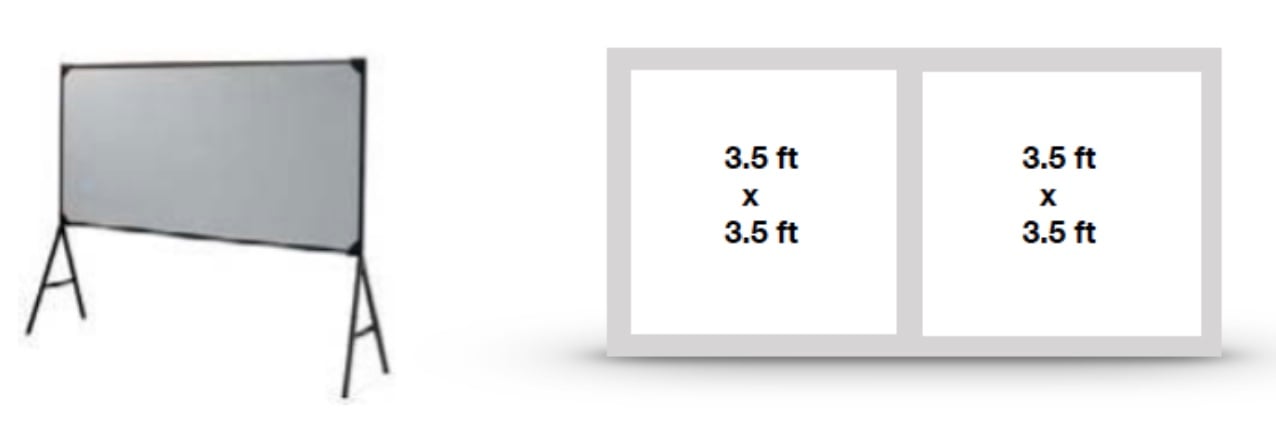Call for Abstracts for the 2024 Boston Area Drosophila Meeting
Abstract submission has closed.
Abstract Guidelines and Tips
Content
Please be sure your abstract contains the following prior to submission:
- A sentence stating the study’s objective (unless this is provided in the title)
- A brief statement of methods, if pertinent
- A summary of the results obtained.
- A statement of conclusion (it is not acceptable to state, “the results will be discussed”)
Formatting
Please follow these guidelines when formatting your abstract:
- Use a short, specific title. The title should be entered in title-style capitalization (i.e. Modeling Cytoskeletal Structures with Cytosim). Please do not use a period, place your title in quotes, use bold, or use ALL CAPS.
- Capitalize initial letters of trade names.
- Please do not write given or family names, titles, or abstracts in ALL CAPS.
- Use standard abbreviations for units of measure; other abbreviations should be spelled out in full at first mention, followed by the abbreviation in parenthesis (exceptions: RNA, DNA, etc.).
- Please do not include tables, charts, or other figures.
- Be sure to proofread your work carefully before submission. Please ensure your abstract and submission details are correct. It will be printed exactly as it appears in the abstract submission system.
Character Limit/Word Count
- The abstract text is limited to 400 words. This limit includes the body of the abstract only. If your abstract exceeds this limit, you will be prompted to shorten it before being allowed to continue. There must be a minimum of 400 characters, NOT including spaces, to submit your abstract.
- The abstract title is limited to 200 characters, including spaces.
- There is no character limit for your authors or author affiliations.
Abstract Tips
For helpful tips while writing your abstract, see this video by EMBL: http://crosstalk.cell.com/blog/how-to-hook-an-audience-with-a-great-abstract
Poster Guidelines
Poster Panel Size
Please refer to the below depiction of the poster panels to be used during the conference – please note that there will be two posters displayed on each side of the board. A display area on the panel of 3.5 ft x 3.5 ft (107cm wide x 107cm high) will be allocated for each poster – please ensure that your poster does not exceed this size as you will overlap with your neighbor. It is recommended that you leave a margin of at least 3 in (7.5cm) around the poster. When preparing your poster and considering how much of your display will be visible at eye-level, please bear in mind that panels will be mounted on stands. Please NO fabric posters; they do not adhere well and fall off the boards.
Poster Production
A poster should be self-contained and self-explanatory, allowing different viewers to proceed on their own while the author is free to supplement or discuss points raised in inquiry. Presentations should be kept simple and clear, and a mixture of text and graphics is recommended. Remember that the viewer, not the author, as in the case of slide presentations, determines the time spent at each poster.
Poster Layout
Materials should be printed on poster paper. Arrange materials in columns rather than rows. It is easier for viewers to scan a poster by moving along it rather than by zigzagging back and forth in front of it. An introduction should be placed at the upper left and a conclusion at the lower right.
Illustrations
Figures should be designed to be viewed from a distance and should use clear, visible graphics and large type. Each figure or table should have a heading of one or two lines. Additional essential information should be provided below in a legend. Photographs should have good contrast, sharp focus and, if necessary, an indication of scale.
Text
Minimize narrative. Use large type in short, separated paragraphs. Numbered or bulleted lists are effective ways to convey a serious of points. Do not set entire paragraphs in uppercase or boldface type.
Titles and Fonts
Titles and captions should be short and easy to read. Use large lettering (minimum of 50-point size for headings and 25-point size for text) as this means several people can read the poster from a distance without overcrowding. Remember to caption your poster with the abstract title, authors names, and affiliations.
Adhering
Posters should be fixed to boards with Velcro. Velcro will be supplied on site.

